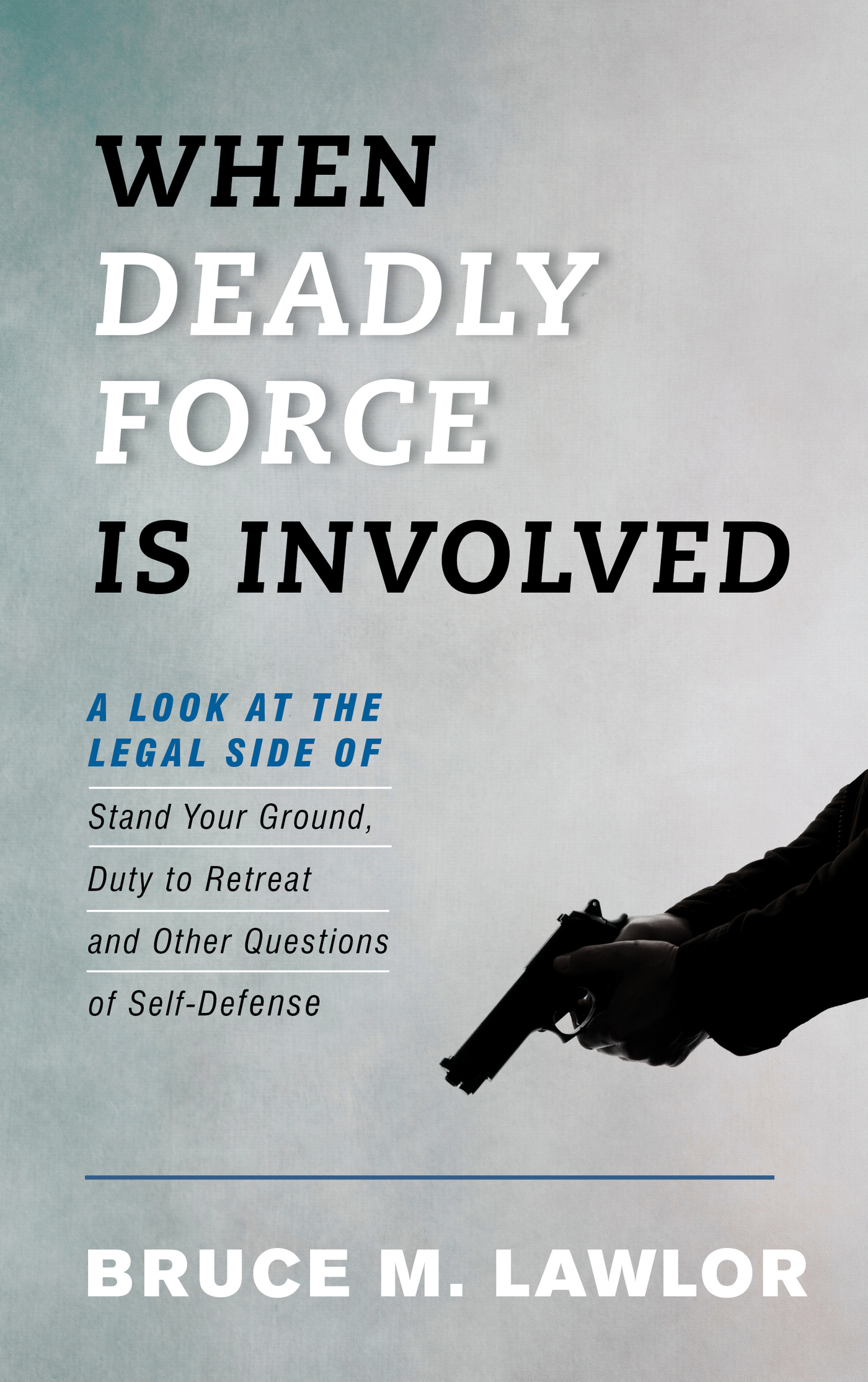When Deadly Force
Is Involved
When Deadly Force
Is Involved
A Look at the Legal Side of Stand Your Ground, Duty to Retreat, and Other Questions of Self-Defense
Bruce M. Lawlor
ROWMAN & LITTLEFIELD
Lanham Boulder New York London
Published by Rowman & Littlefield
A wholly owned subsidiary of The Rowman & Littlefield Publishing Group, Inc.
4501 Forbes Boulevard, Suite 200, Lanham, Maryland 20706
www.rowman.com
Unit A, Whitacre Mews, 26-34 Stannary Street, London SE11 4AB
Copyright 2017 by Rowman & Littlefield
All rights reserved. No part of this book may be reproduced in any form or by any electronic or mechanical means, including information storage and retrieval systems, without written permission from the publisher, except by a reviewer who may quote passages in a review.
British Library Cataloguing in Publication Information Available
Library of Congress Cataloging-in-Publication Data
Names: Lawlor, Bruce M.
Title: When deadly force is involved : A look at the legal side of stand your ground, duty to retreat, and other questions of self-defense / Bruce M. Lawlor.
Description: Lanham : Rowman & Littlefield, 2017. | Includes bibliographical references and index.
ISBN: 9781442275287 (cloth : alkaline paper) | ISBN 9781442275294 (electronic)
 TM The paper used in this publication meets the minimum requirements of American National Standard for Information Sciences Permanence of Paper for Printed Library Materials, ANSI/NISO Z39.48-1992.
TM The paper used in this publication meets the minimum requirements of American National Standard for Information Sciences Permanence of Paper for Printed Library Materials, ANSI/NISO Z39.48-1992.
Printed in the United States of America
Introduction
If threatened with death, people will defend themselves and, if necessary, use deadly force to kill their attackers. Self-defense is part of what Sigmund Freud called the deepest essence of human nature. but with no guarantee of receiving it. Pardons were granted, or not, as was the kings want.
The evolution of self-defense is an interesting one. During the seventeenth century, Western intellectuals and political philosophers began to write about an individuals relationship to the state, as part of a cultural movement that came to be known as the Age of Enlightenment. It was driven in part by popular resistance to the fact that kings exercised absolute, unlimited control over the lives of their subjects. The king was accountable only to God.
In 1625, a Dutch jurist named Hugo Grotius proposed the existence of a body of unchanging rules that govern all human conduct. He said that every human being had certain natural rights regardless of his or her station in life, based on moral principles that God included in the scheme of things when he created the universe. Grotius called Gods legal scheme natural law.
At the core of Grotiuss thinking was a novel, perhaps even seditious idea for the times, the notion that no monarch could take away an individuals natural rights, because they came directly from God. Grotius established limits and proposed there were things the king could not do. His ideas challenged the kings power, his absolute authority to govern his subjects as he wished. Hiding in a corner of that thought was another even more seditious notion, one that Thomas Hobbes would describe in 1651, namely that royal authority rested at least in part, if not on the peoples consent, at least on their sufferance.
Hobbes reasoned that if natural law gave the individual certain inalienable rights, then the basis of the kings authority to govern his kingdom is a social contract between the individual and the state. The individual surrenders some of his rights in exchange for the states commitment to protect his inalienable rights, and any other rights he and the king may agree to. Hobbes, like Grotius, believed that an individuals inalienable rights included a right of self-defense. He wrote: If a man by the terror of present death be compelled to do a fact against the law, he is totally excused; because no law can oblige a man to abandon his own preservation. And supposing such a law were obligatory, yet a man would reason thus: If I do it not, I die presently; if I do it, I die afterwards; therefore by doing it, there is time of life gained. Nature therefore compels him to the fact. In short, Hobbes believed the power of self-preservation was stronger than the kings writ.
Hobbess observations about self-defense proved to be true. As English society grew, the king didnt have time to hear every problem of his subjects, and more and more of the his power to decide such matters came to be exercised by English common law judges. Over time, they recognized reluctantly that on occasion people threatened with unlawful violence, had good reason, to take matters into their own hands. Begrudgingly, the common law began to fashion a limited, highly circumscribed, individual right of self-defense.
Having accepted the idea of self-defense, English judges wanted to make sure it was used only in situations where it was absolutely necessary, where no alternative means of avoiding the threat were available. To achieve this end, they crafted the concept of a duty to retreat, even in the face of unlawful, imminent danger. The doctrine became known as retreat to the wall, the notion that individuals under attack had to have their backs against the wall, and no place left to run, before they could use deadly force to defend themselves.
The English approach to self-defense with its emphasis on retreat to the wall didnt fit well in the new world. The American frontier tested the idea of the state as protector of the individual, and found it wanting. American colonialists pushing westward learned the hard way that governments werent always there for them in times of deadly danger, and that relying on the state to guarantee their personal safety, or that of their families, was a recipe for injury and death. When it came to protecting people from violence, governments werent able to keep their end of the social contract.
So Americans began to ignore the crowns claims of authority, and rejected the common laws requirement to flee in the face of danger. As they marched to the Pacific Ocean, Americans created a new social contract. They accepted the governments authority when it was present, and capable of protecting them, against the murderers and thieves who preyed upon them, but in cases where it was absent or incapable, they retained the right to act in their own defense. The new social contract, they said, was based on the inherent right of natural law.
Self-defense, as a legal concept, is easy to describe, difficult to apply. Generally, a person who is without fault may use force, including deadly force, to defend against what he or she reasonably fears is an imminent unlawful threat of death or serious bodily injury, provided there is no reasonable alternative to avoid it. When one begins to parse the words of this description, however, one runs immediately into a thicket of local laws and customs that influence how the words are interpreted and applied. The result is a bit of complexity and controversy that can lead to the appearance of arbitrariness, in what is really a well established, and stable system of legal analysis. The purpose of this book is to describe the system, how one goes about determining if a homicide is justifiable or excusable. It doesnt offer solutions so much as a description of the approaches taken to find them.
The limits of the kings authority to kill his subjects is once again the subject of debate, this time in the United States, as a rash of police killings has raised questions about law enforcements use of deadly force. Although its hard to believe, nobody really knows how often it happens each year, because the federal government doesnt collect such information, and even if it did, theres no requirement for local law enforcement agencies to report police involved killings. That is part of the problem. People intuit theres a problem, but theres insufficient data to understand clearly what it is.
Next page
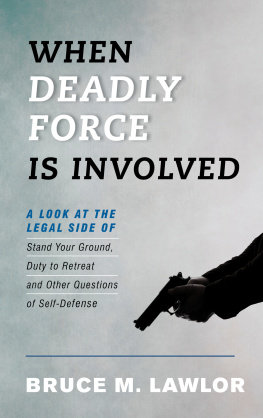



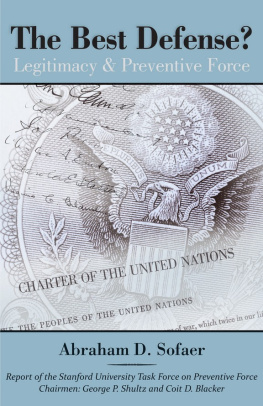
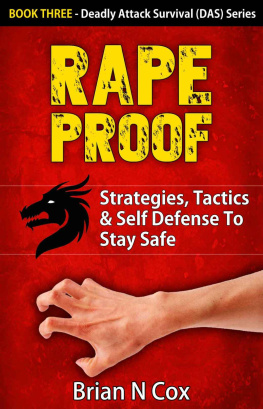

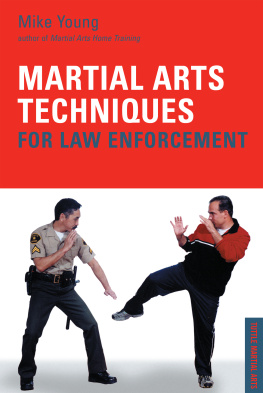
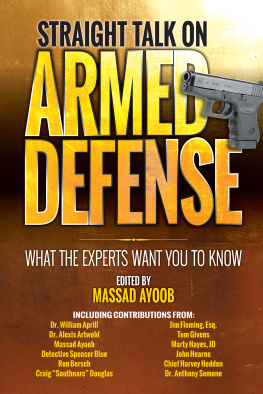



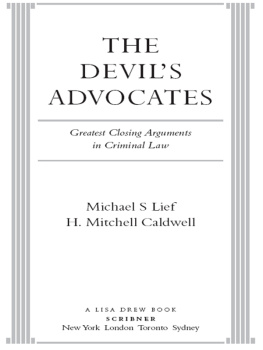
 TM The paper used in this publication meets the minimum requirements of American National Standard for Information Sciences Permanence of Paper for Printed Library Materials, ANSI/NISO Z39.48-1992.
TM The paper used in this publication meets the minimum requirements of American National Standard for Information Sciences Permanence of Paper for Printed Library Materials, ANSI/NISO Z39.48-1992.